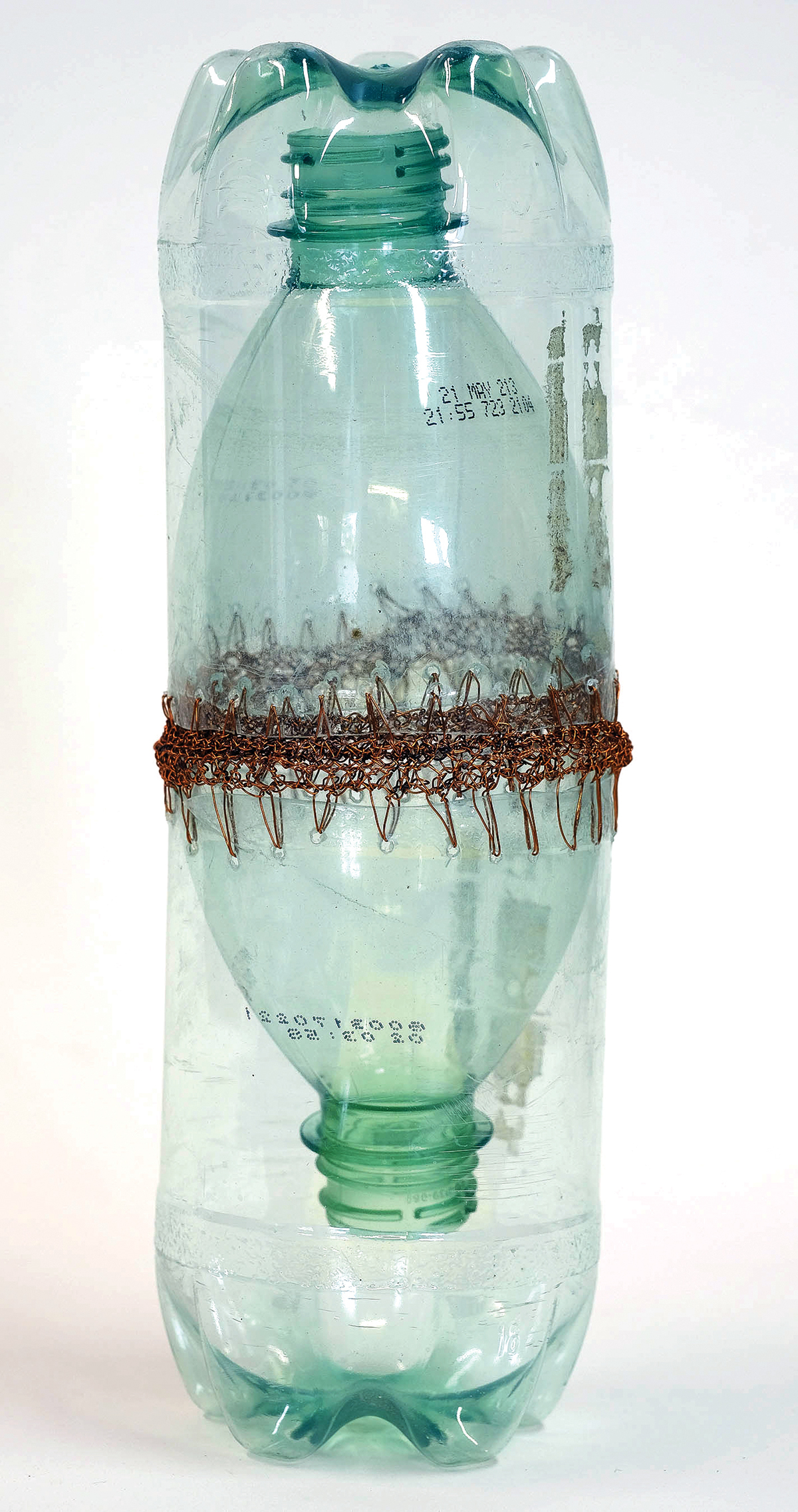History-making exhibit shows Black Mountain College’s ties to Mexico

Two thousand miles and 66 years stand between storied Black Mountain College — an experimental Mid Century liberal-arts school that operated in rural Swannanoa Valley — and modern-day Mexico. And yet, as Eric Baden explains, certain enduring motifs transcend both space and time.
“There are some very specific, concrete connections between individual artists and ideas that circulated at BMC and in Mexico,” says Baden, an Asheville photographer and recently retired Warren Wilson College art professor.
These connections will be explored in Black Mountain College and Mexico: translation in motion/traducción en movimiento (BMC/MX), a show opening at Black Mountain College Museum + Arts Center (BMCM+AC) on Friday, June 2.
According to Diana Stoll, who is partnering with Baden and Mexico City-based multidisciplinary artist/educator David Miranda to curate the show, BMC/MX is “built around the concept of dialogues — between artists, between the United States and Mexico, between past and present.” Aptly, “every work included in the show ‘speaks’ to other works,” she says.
Baden, who serves as the exhibit’s project manager, elaborates: “We are paying particular attention to contemporary Mexican artists who have been excited by or perhaps even influenced by ideas and artists from Black Mountain College when it was active.” (The school was open 1933-1957.)
Contemporary Mexican photographer Iñaki Bonillas’ large, “labyrinthine format,” as Stoll describes, nods to photo collages crafted by Josef Albers, the leader of BMC’s innovative visual-art programs, during his frequent trips to Latin America.
Contemporary Mexican sculptor Ektor García “transforms a pair of ordinary plastic bottles into an investigation of physical tension, balance, and human handcrafting,” says Stoll. The resulting exhibited piece mirrors the woven-wire sculptors of late BMC alumna Ruth Asawa, “who, not incidentally, learned her famous wire-weaving technique on a visit to Toluca, Mexico, in the 1930s,” as Stoll reveals.
There’s also Frank Hursh, a painter who attended BMC from 1949 to 1950 before moving to Querétaro, Mexico, in the 1950s. Hursh remains there today, in his nineties and still painting highly rendered linear abstractions that span “both sides of the historical and geographical divide,” Stoll remarks.
But BMC/MX will explore less obvious throughlines as well. Take, for example, contemporary Mexican visual artist Abraham Cruzvillegas and the late Guatemalan painter/BMC instructor Carlos Mérida.
While Mérida was known for abstract, geometric paintings, Cruzvillegas eschews the concept of mediums altogether, instead producing found-object pieces that he defines as “autoconstrucción.” According to David Miranda, autoconstrucción serves as a metaphor for how, “in the urban underdevelopment of Mexico,” social problems are solved in “social and fraternal ways.”
Despite stylistic differences, both artists share a common desire to push back against the conventions of art and culture.

“Mérida was an artist who [linked] elements of different native peoples in Latin America … allow[ing] him to have a relationship with the country’s avant-garde,” says Miranda. Similarly, “Cruzvillegas has managed to create a series of links with the political, artistic, and social history of the country to other latitudes.”
But there’s yet another connection. As Baden explains, BMC was founded on John Dewey’s principles of education highlighting the importance of imagination, playful consideration, and “learning by doing,” says Baden.
An educator since the 1990s, Cruzvillegas also challenges aspiring creatives to learn through exploration. The artist sent a collection of sketches to the BMC/MX curatorial team that serve as prompts for local students, as Baden explains.
“Here I leave you the set of sketches for sculptures, to be constructed by students over there, with no more instructions but to appropriate them, using any materials at hand, deciding proportions and colors, and anything else, with as much freedom as possible,” Cruzvillegas wrote the exhibition team. “There’s no chance for mistake.”
There’s also no mistaking the revolutionary nature of BMC/MX. The first of its kind in Asheville, this international exchange of culture will be history-making, and, Stoll hopes, dialogue-provoking.
“From the very beginning, we have been discussing cross-border dialogue and its importance,” she notes. “So our view is that the exhibit will play a provocative role in sparking discussion.”
Black Mountain College and Mexico: translation in motion/traducción en movimiento opens Friday, June 2, at Black Mountain College Museum + Arts Center (120 College St., Asheville). On Saturday, June 3, artist and co-curator David Miranda will present the performance “Teorema” at Different Wrld, time TBA (701 Haywood Road, differntwrld.com). Further programming will include curator talks, pop-up craft markets, and the launch of a zine featuring artworks by regional artists and students based on drawings by Abraham Cruzvillegas. The exhibit runs through Saturday, Sept. 9; info at blackmountaincollege.org.